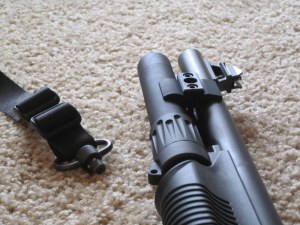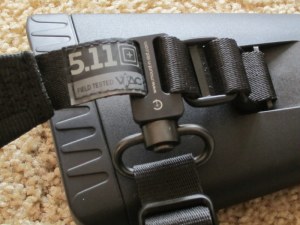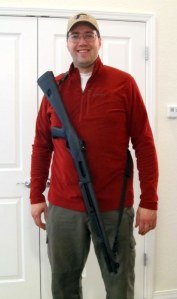Last year before the Colorado state IDPA match, I had a course with Master-level shooter Matt Sims. He said that IDPA is like Nascar, you have to know when to get on the brakes, and when to get on the gas. It sounds simple and rings of truth, but putting this into practice feels counterintuitive, we have a natural desire to go faster.
Tonight, I figured I’d take a crack at getting on the brakes a little more. I shot the weekly pistol combat league with an emphasis on taking a little more time on my headshots and trying to be more accurate. The result was an improved score, and one of the highest I have had shooting in this format.
I have concluded that the league shoots place a premium on accuracy more than speed. Partially this is a result of the scoring of the target, which is more of an NRA target than an IPSC/IDPA style. Of course, the timing of the course of fire is the same for everyone, but it does take good speed to be able to get off all of the shots including the mandatory reloads.
What I have found lately is that I still end up finishing in many cases with two or three target exposures to spare. So tonight, I tried to slow down and take my time with the headshots in particular. In this case, the difference between a miss and a hit can be either 10(head) or 20(ocular cavity) points. In the past I have shot this faster than I could make good solid hits and I’ve had some misses. Tonight I just managed to get off all of my shots on the head, but they were much better, and my score rose as a result.
I still went a bit faster than necessary on the body shots, but here the difference between an X and a 7 is not as much of a factor. I did have two flyers that were misses to the body, but it was overall okay.
For this week’s “Top Shot” competition, we finally got to shoot guns of all things. Seriously, I was glad to not see another slingshot or bow. This week we fired a Ruger SP101 revolver, an adult air rifle, and a Hi-Point 9mm carbine. I will say that I liked the front sight post of the Hi Point which reminded me a little of an HK sight, and it had negligible recoil, but otherwise it was a huge pile of crap. One of the two magazines would not take a 10th round, and I got a double feed that I think may also have been the result of the magazine (couldn’t be operator error of course). The ejection port is ridiculously small, and the method for locking the bolt back is just stupid. I suggested we name our blue team: “*bleep* Hi-Point”
Now, I know they are American made and a lot of people like them, but I think it’s crap. The good news is this thing is very cheap. Of course, for a gun this ugly, it has to be.

Check out our club’s second “episode” of “Top Shot”
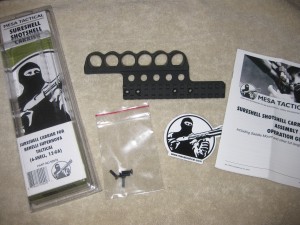
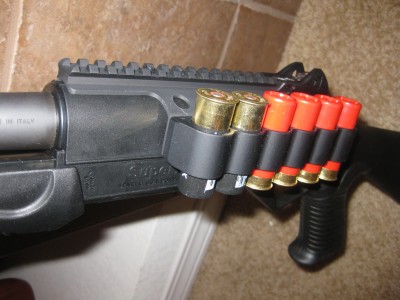
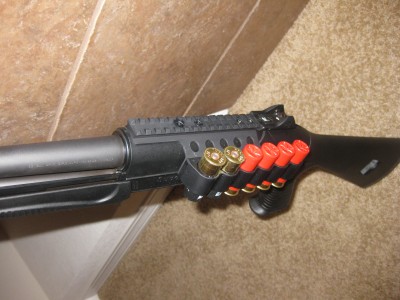
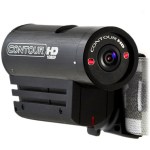


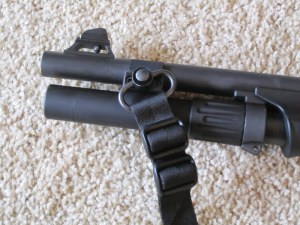
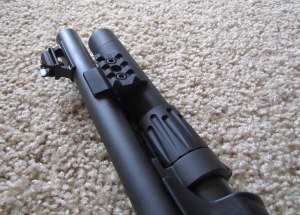 The rail section appears very study and should allow for easy mounting and removal of a weapon light while keeping wieght near the muzzle to a minimum.
The rail section appears very study and should allow for easy mounting and removal of a weapon light while keeping wieght near the muzzle to a minimum.